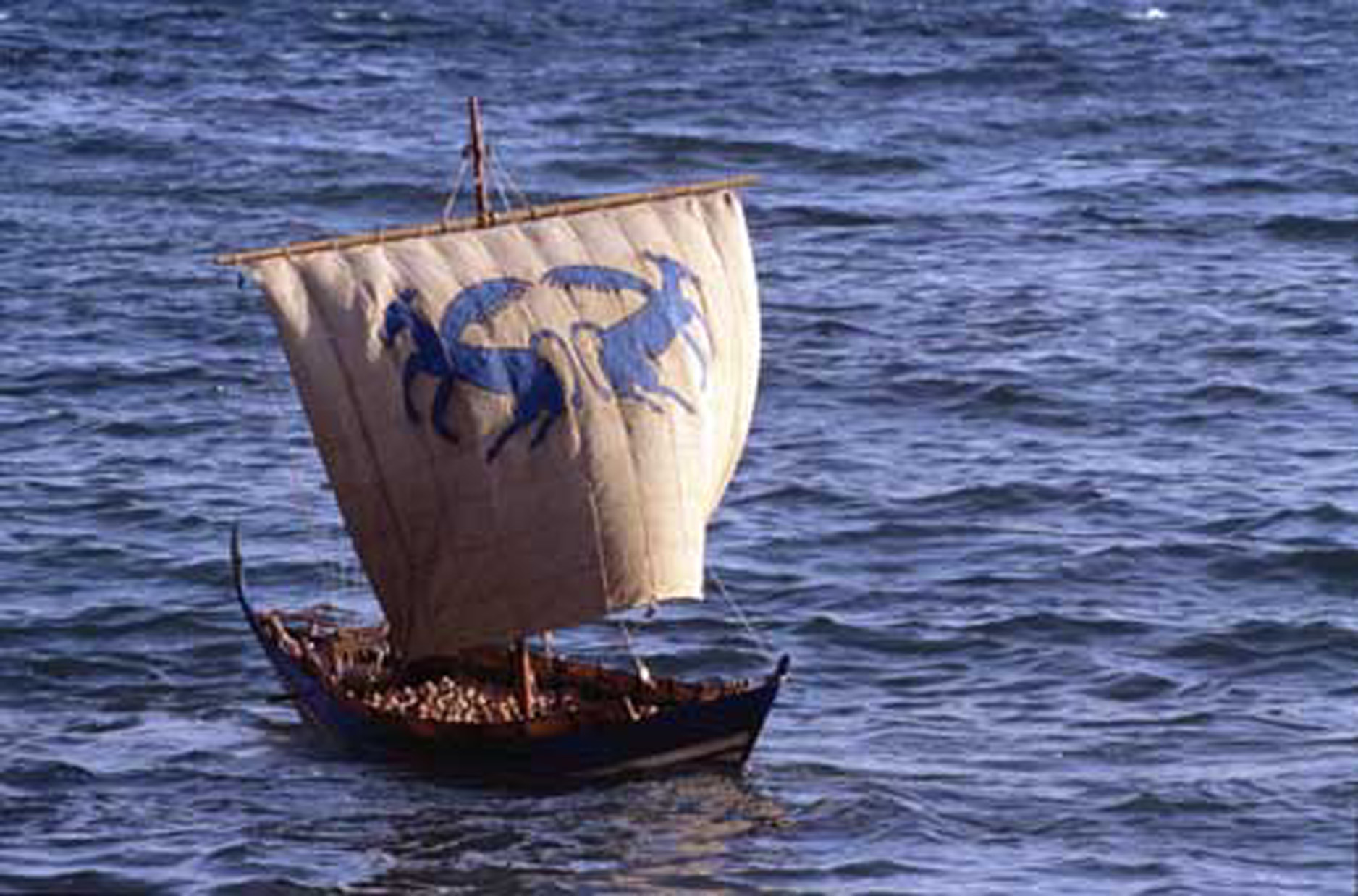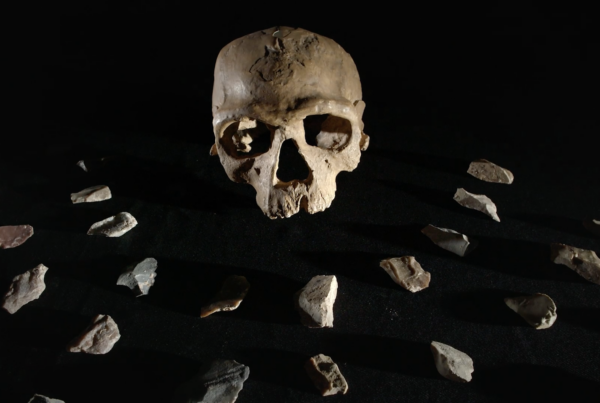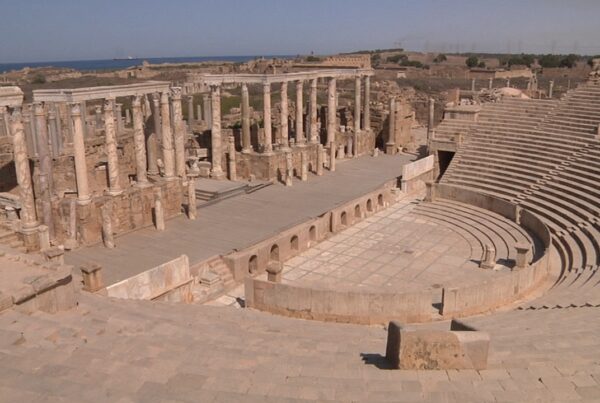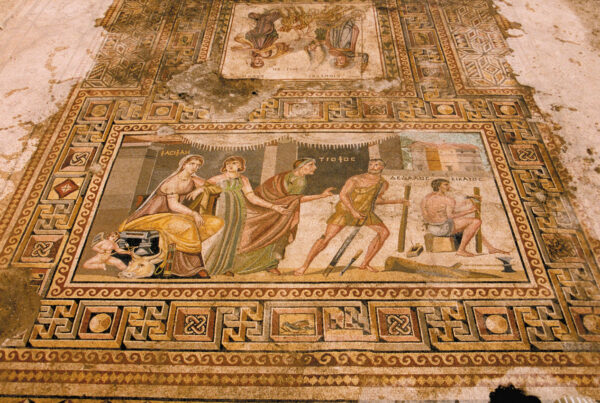The Etruscans, a mysterious people living in the Italian peninsula before Roman times, have left traces of their presence, especially in the richly decorated tombs of Tarquinia, amidst the ruins of important ports in Caere and in an original language. They were seafarers and are chiefly known for their commercial activity throughout the Mediterranean, where their exquisite wines have been travelling since the 6th century B.C. But there are very few finds from the sea that allow us to discover more about the methods of transport they used and the commercial routes of that period. Two shipwrecks, discovered off the coast of Antibes, had unfortunately been plundered. In February 1999, during a survey near Giens in the Mediterranean Sea, the robot from the COMEX company traced a shipwreck of Etruscan origin lying 70 metres below the surface, which had possibly been heading for the French coast. The location was untouched, and the ship laden with many hundreds of amphorae, lying in the depths of the ocean for more than 2.500 years. The archaeologists of DRASSM, headed by Luc Long, have taken over the exploration of the ship since last September. Because of the depth of the location, research will be chiefly based on automated methods. Intervention at such a depth, is unique in its kind, marks an important historical and technological step towards an archaeology of cybernetics and computer science, an archaeology which uses robots, digital technology and computers.
- Direction: BERNARD GEORGE
- Production: GEDEON PROGRAMMES







